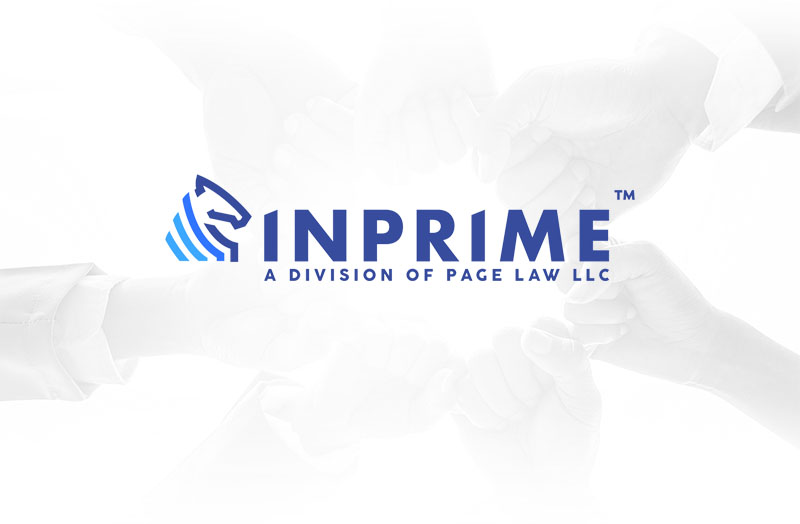Starting a business requires expending tremendous energy. Sustaining a business requires much more — and particularly so amid an unsteady and uncertain business climate via the COVID-19 pandemic. In this article we’ll discuss how to recruit to win during uncertainty.
For most business owners, the pursuit of profit alone is usually not enough. It is the pursuit of a dream — a vision about how your business will positively impact your life, your family, your customers, and your world. This vision gives you the stamina to deal with the inevitable obstacles awaiting all entrepreneurs — the cash flow crises, tech problems, vendors who do not deliver on time, an unexpected health crisis such as the COVID-19 virus, and a myriad of other random, unpredictable annoyances.
The entrepreneurial journey is, in some sense, a solitary one. It is lonely at the top. Heavy is the head wearing the crown. But no matter how ambitious you are — how much energy and knowledge you bring to the game — you cannot win alone. As Margaret Mead famously observed: “…never doubt that a small group of thoughtful, committed citizens can change the world; indeed, it’s the only thing that ever has.”
You need a group of people committed to your vision. You cannot change the world by yourself.
To create a remarkable organization, you need remarkable people. In fact, many business theorists — such as bestselling author, Jim Collins — argue that the race for right-fit talent is even more vital than the vision itself. In Good to Great, Collins writes: “The executives who ignited the transformations from good to great did not first figure out where to drive the bus and then get people to take it there. No, they first got the right people on the bus (and the wrong people off the bus) and then figured out where to drive it. They said, in essence, “Look, I don’t really know where we should take this bus. But I know this much: If we get the right people on the bus, the right people in the right seats, and the wrong people off the bus, then we’ll figure out how to take it someplace great.”
Okay, that all sounds great in theory. But practically speaking, how do you do this? How do you attract rock stars, keep them there and make sure they thrive?
Unfortunately, hiring awesome talent presents profound challenges. As of February 2020, the United States unemployment rate was the lowest in 51 years years at 3.5%. Just two months later and largely due to the COVID-19 pandemic, the United States unemployment rate jumped to 14.7%. Many great people were locked into positions. Now, many of those same people could be unemployed or considering job alternatives. Competition for top talent will remain intense. Candidates can be choosy with multiple employers seeking to hire as the economy rebounds. The best hires for your company may already be working for other businesses — possibly competitors.
To compound the problem, the stakes are huge. According to the unofficial bible of business recruiting, Topgrading, the cost of one “bad hire” can be as much as 15 times the employee’s annual salary. That is a lot of wasted money! And one bad apple can spoil the whole bunch by negatively impacting morale, productivity, and customer satisfaction.
And finally, the business owner’s attitude towards attracting top talent is grim. We hear too often from our clients: “there is not enough good people.” When we press the client for more explanation, we realize the owner’s recruitment strategy is based on hope — hoping the job market will get better. We all know hope is not a strategy.
What’s the Path Forward?
To get the right talent, you need more than luck and a prayer. You cannot depend on random good fortune. Instead, you must actively look for A Players and, critically, your campaign needs to be an ongoing one. You need a recruitment plan — a strategic, documented process for sourcing candidates, screening them, and training them.
Mark Miller, Vice President of High Performance Leadership at Chick-fil-A, and his team embarked on a journey to understand what attracts top talent. They interviewed hundreds of top performers. And after completing their quantitative research, they discovered once the basics have been met — a fair wage, safe work environment, access to the tools and resources needed to perform the job — Top Talent (as opposed to Typical Talent) seeks a Better Boss, a Brighter Future, and a Bigger Vision. They want a boss who cares about their success and is committed daily to helping them grow and build transferable skills. Top Talent also cares about making a difference in the world. Here is Mark’s recruitment strategy — provide the things most valued by Top Talent and build awareness in the job market around your company’s story – the story your Top Talent wants to hear. In his book Talent Magnet, Mark simplified this concept with a powerful math equation — TM. This stands for:
Talent Magnet = (Better Boss) (Better Future) (Bigger Vision) x Awareness
We took Mark’s formula and plugged it into our Recruitment Funnel (a.k.a. Talent Pipeline) below. This illustrates how a typical recruitment plan can work. We will get to the details in a minute.
Importantly, we placed Mark’s Talent Magnet formula at both the top and bottom of the funnel. It is critical to understand that promising a better boss, brighter future, and bigger vision is not simply a recruitment strategy — it is a retention strategy too. You must be prepared to deliver on your promise.
Sourcing
First, you need proverbial clay on the wheel. Where can you source talent? Options include candidate referral programs, job fairs and social media. Be creative and get out there. Don’t wait for people to show up on your doorstep. Cast a wide net, pay attention to what works and what does not. Do more of what works, rinse, and repeat. In many ways, sourcing candidates is a lot like marketing to prospects. You need to test, identify a process that works, and then improve that process over time.
Here is an example of how we have done this at InPrime Legal. We recognized early on that some of our best employees previously worked as law clerks for the 11th Circuit Court of Appeals. The legal industry regards attorneys at the 11th Circuit as the cream of the crop. So, we knew to include the 11th Circuit in our sourcing strategy. Here is what we did:
- Law clerks at the 11th Circuit serve a 2-year term. At the end of that period, those attorneys go hunting for their next positions. With this knowledge in mind, our hiring team networked and developed relationships with various contacts at the 11th Circuit. Every year, we leverage those contacts in our hiring process by sending them our job announcements. Thanks to InPrime Legal’s reputation, our contacts are happy to pass along announcements to the law clerks. It’s a win-win. We find awesome hires, and hardworking law clerks advance their legal careers.
Screening
Not every candidate will be a good fit. And even those who might thrive in your organization are not necessarily right for a particular position in need of fulfillment.
How do you sort the proverbial wheat from the chaff? You need an elegant screening process to winnow the field. This process typically includes:
- The job application
- Candidate interviews
- Pre-hire assessments
- Reference checks
- Team member observations
- In-person interviews
Here is an example of our screening plan:
Truth be told, the world is full of Rock Star talent. You just need the right plan to attract them.
Onboarding
Once the glow from the handshake and “welcome to the team!” emails fades, the real work in many ways begins. Intelligent onboarding is essential! You must orient new hires, introduce them to your vision and values, and integrate them into what you are doing.
This takes work. Ideally, it should be done via a deliberate, documented process. Many businesses drop the ball here, because they believe the hard part — finding the employee — is over. Nothing could be farther from the truth. Shoddy, half-hearted onboarding can unwind all your hard work and then some. During the first 90 days, 1-in-6 new hires will consider quitting a job due to an ineffective onboarding. But if you get this piece right, you will decrease turnover, ensure consistent workflow, and increase productivity.
An onboarding plan may include:
- An offer letter
- HR compliance paperwork
- Training materials
- Employee shadowing
- A welcome gift
Truth be told, the world is full of Rock Star talent. You just need the right plan to attract them.
Want to create a recruitment plan to find your next Rock Star employee? We’ve got you covered. Download our free sourcing and screening plan here. It is full of creative ideas to help you attract and keep amazing people. And InPrime Legal is a call away. Contact us any time at 770-282-8967 for a consultation.












